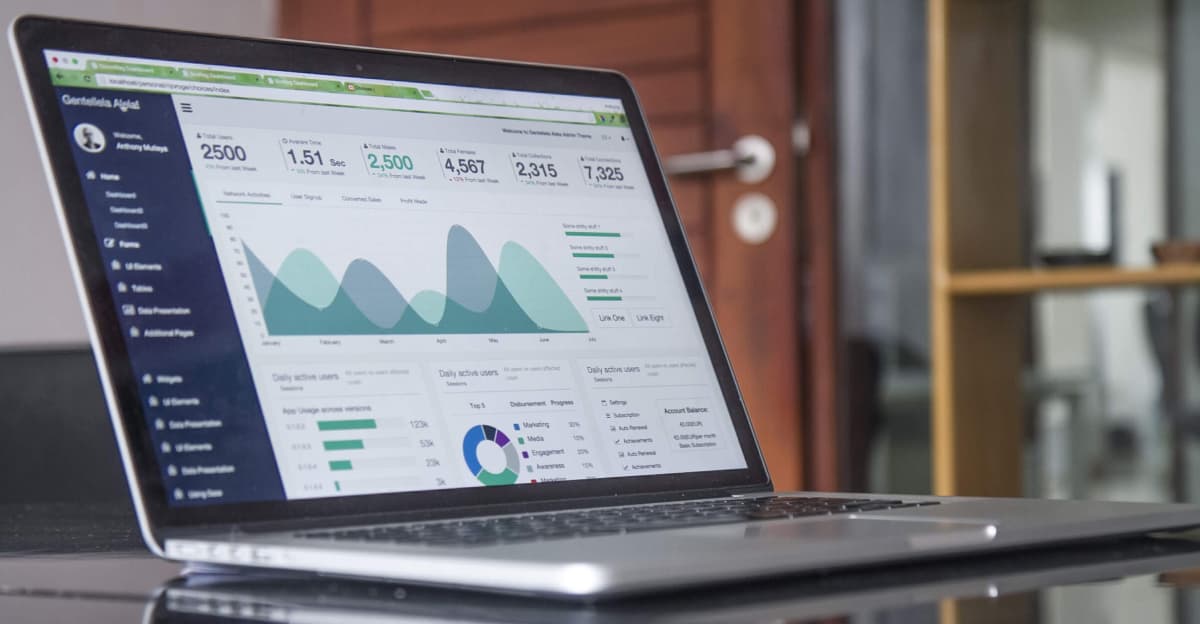 Picture Credit: Canva
Picture Credit: Canva
With the revolving retail landscape, it's important to stay ahead of industry trends to maintain a competitive edge. Here are the top trends shaping retail and how leveraging AI and advanced technology can help businesses thrive.
1. Revolutionizing Logistics With AI
Retailers are moving beyond traditional logistics models to incorporate AI-driven solutions. Machine learning (ML) algorithms now optimize supply chains, predict disruptions, and manage inventory more effectively. Utilizing redundant systems and multi-country sourcing that are enhanced by AI can ensure resilience and adaptability in logistics operations.
2. Personalized Shopping Experiences
Personalization is the key to retail success. AI technologies, including Generative AI (GenAI), enable retailers to deliver hyper-personalized shopping experiences; these include tailored product recommendations to dynamic content generation; these technologies enhance customer engagement and satisfaction.
3. Advanced Forecasting and Planning
Accurate forecasting and planning are vital for managing demand and inventory. AI-powered predictive analytics and planning tools help retailers anticipate market trends, optimize stock levels, and reduce waste. These capabilities ensure that businesses can adapt swiftly to changing consumer needs and market conditions.
4. Enhanced Content Generation
Content is key in driving customer engagement. AI tools can help streamline content creation, from generating product descriptions to crafting targeted marketing campaigns. With Nisum's content generator, you can predict customer preferences accurately, stock up intelligently, and know exactly what your customers want before they even ask. Leveraging these tools allows retailers to maintain a consistent and engaging presence across all digital channels, ultimately improving sales conversions.
5. AI-Driven Customer Service
Customer service is being transformed by AI. Automated triage systems and chatbots provide quick, efficient support, enhancing the customer experience. AI-driven solutions can provide 24-hour customer service, offer personalized assistance, and gather valuable insights that can be used to improve services.
6. Embracing Mobile and Contactless Payments
With the rise of mobile and contactless payments, integrating these technologies into retail operations is crucial. AI helps streamline payment processes, enhance security, and provide a seamless checkout experience, meeting the growing consumer preference for convenience and safety.
7. Investment in Technical Innovation
Emerging technologies such as augmented reality (AR) and robotics are becoming integral to the retail experience. AR enhances online shopping with virtual try-ons and immersive experiences, while robotics improve efficiency in warehouses and logistics. Investing in these technologies positions retailers as leaders in innovation.
How Nisum Can Help
Our Limitless AI toolkit is designed to address the latest retail challenges and opportunities. We provide custom and off-the-shelf AI solutions for personalized shopping, advanced forecasting, content generation, improved customer service, and more. Contact us today to explore how Nisum's innovative solutions can help your retail operations thrive.




